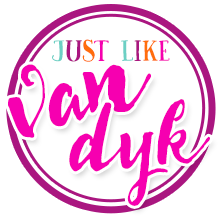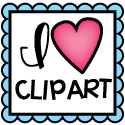Raise your hand if you
have time (or curriculum) for teaching Social Studies in your classroom!
Unless you’re teaching in
a private school, you are probably focusing primarily on math and reading, but
that doesn’t mean you can’t squeeze in a few meaningful Social Studies
activities to cross curriculum!!
I DO teach Social Studies
and I’m going to share how I represent it in my overpowering ocean themed Open
House! Math, writing, and science are
easy to make ocean-y, but aside from Christopher Columbus or the colonies, how
do I make social Studies fit my beautiful ocean themed Open House?!
Thus, the quilt was born
(or rather I adopted it from the veteran teachers who came before me!)
Here’s how I display what
my class has done in Social Studies all year long, but it would be PERFECT for
crossing curriculum or enhancing special school dress up days as the year goes along!
OK, so we have six units
in our Social Studies curriculum, but I feel like 3 of them could be just
holiday or dress up day extension activities for you!!
Does your school still do Career Day?
Whether you’re teaching about needs/wants, consumers/producers, and goods/services
or economics, have your students design a business card for their career and
write a short narrative about it using vocabulary! Check out my other free Social Studies
activities for economics in my TpT store!
Teaching about American
symbols and presidents is perfect for the month of February. Add in
these simple square activities to start building your quilt!
During one of our units we
learn about cultures and our families’ past, so each student gets to research
and assemble a collage on a quilt square!
Make it whatever your students need to research in your grade level,
historical figure, mission, state etc.!
MAPS! How can you fit that into math or reading?
Delve into the setting of one of your stories OR practice measurement by using
a map scale! We make ours when we learn
about goods and trade.
Our last square that we
make is a chart that compares and contrasts 4 different Native American
groups. Connect it to language arts
under the guise of Venn Diagram skills to compare something from your grade
level’s Social Studies curriculum.
After we make a quilt
square, I always display it across a bulletin board for the unit we’re in at
that time. Then I take them down and
store them for the end of the year when I will haul all those squares back out
for the Open House display. Because what
ocean doesn’t have a quilt?
I hope you get inspired to
teach Social Studies, even if it’s just 6 short mini-lessons!
Squeeze it in & make it count!
Squeeze it in & make it count!








































